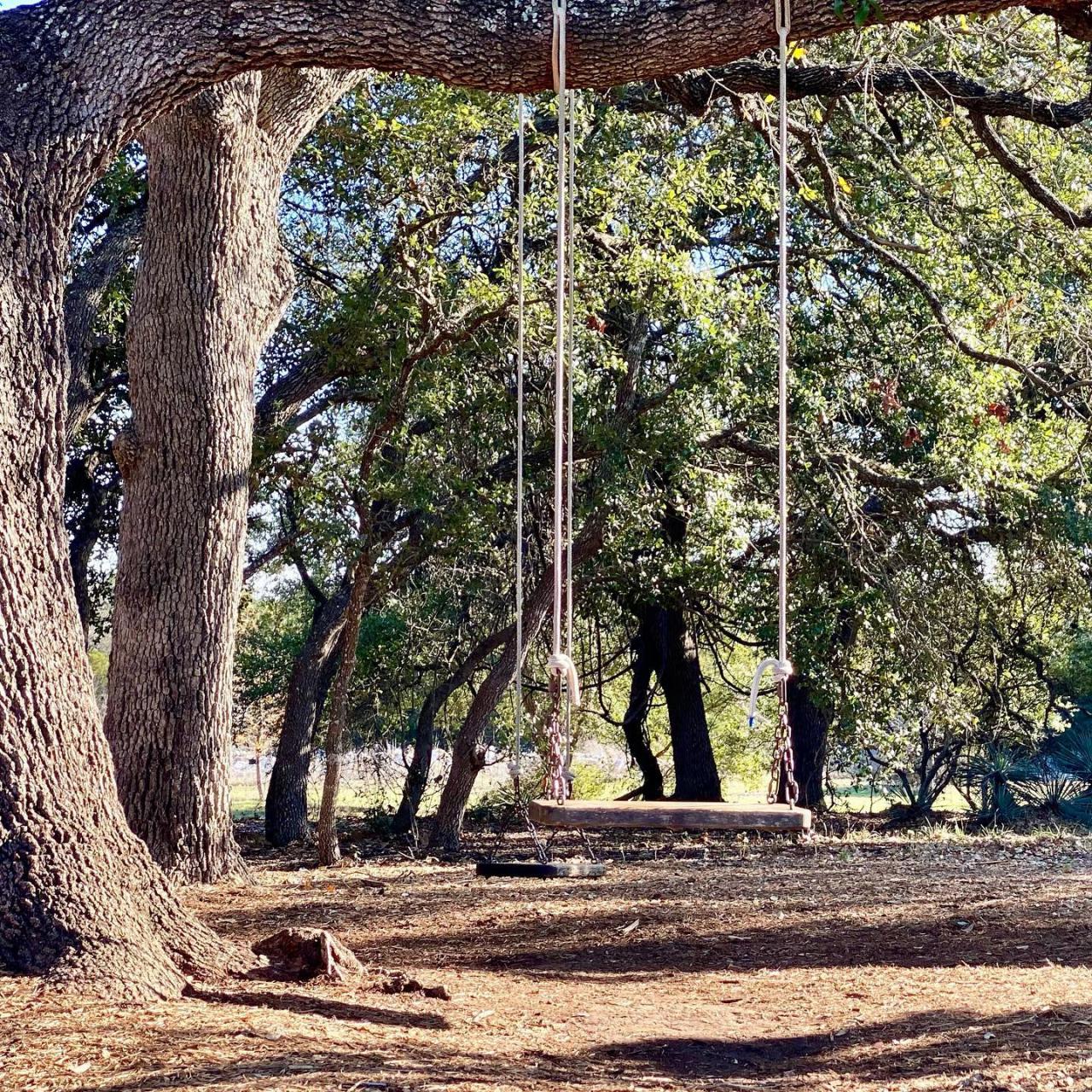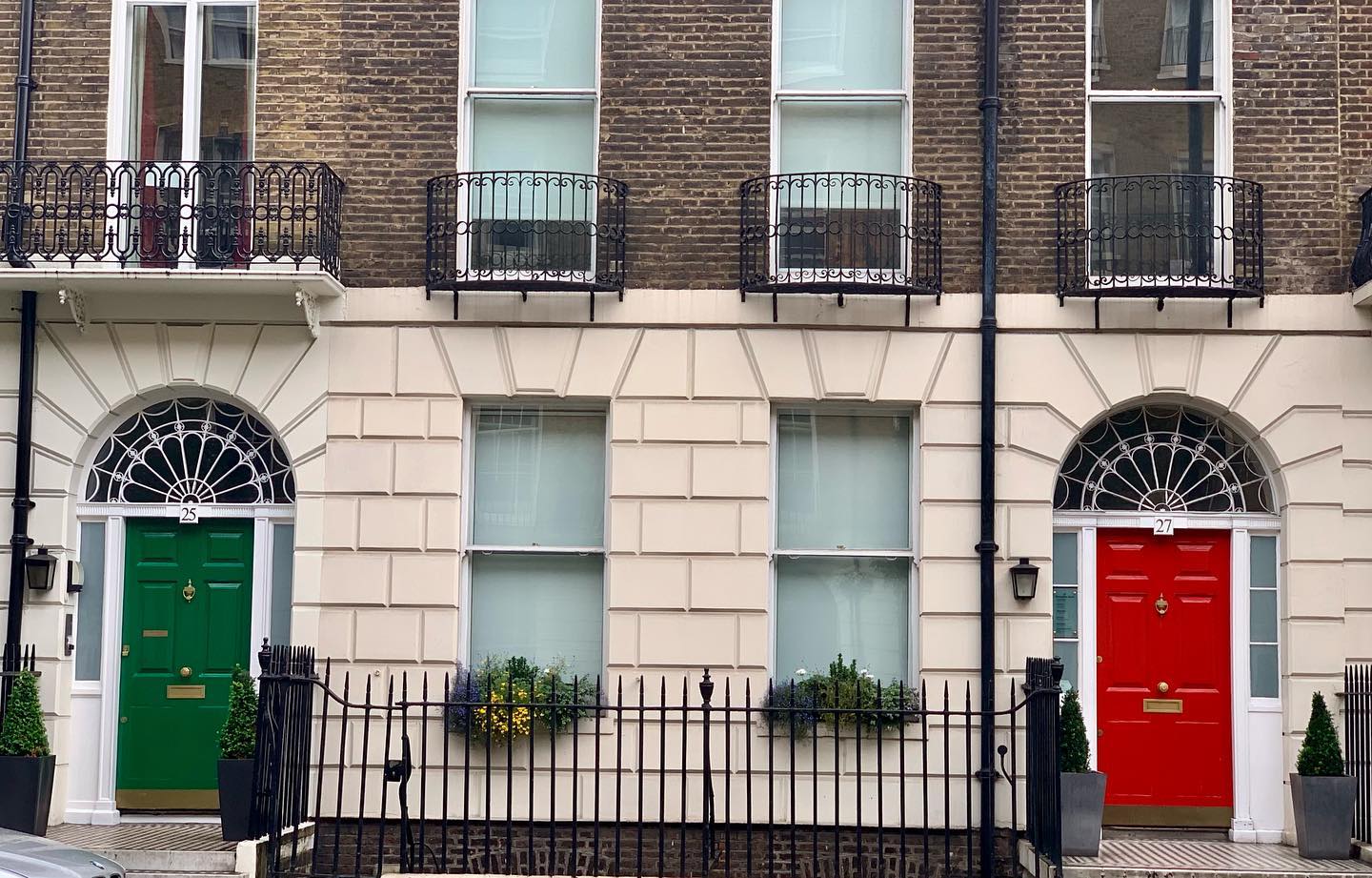

55 Questions for Mission-Driven Co-Founders
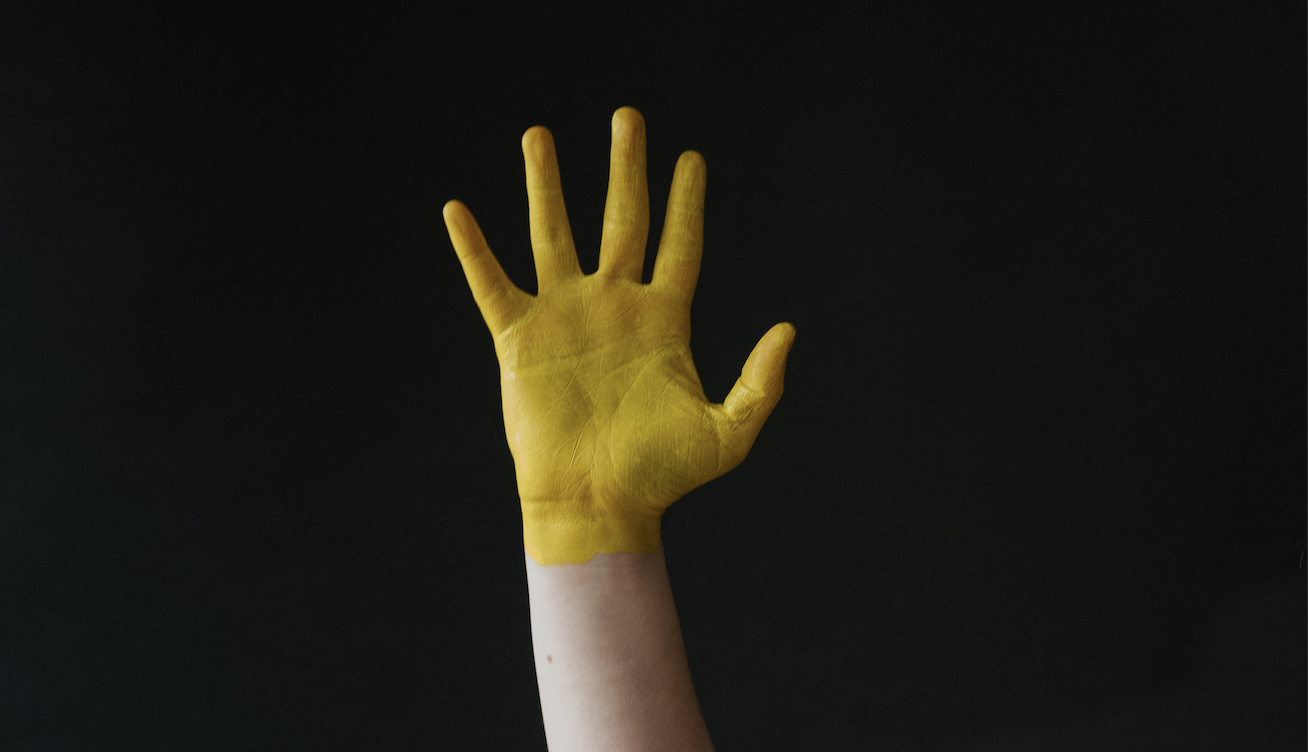
Early on, when Tesla was still Tesla Motors and hardly anyone had heard of it, co-founders Marc Tarpenning and Martin Eberhard were approached repeatedly by large companies that wanted to throw significant money at them, so they could work on solving their problems. Marc and Martin always said no.
They turned down those offers because they were both clearly aligned around the mission of the company, the product they were building, and their personal goals and ambitions.
They also knew each other really well. Not only had they already co-founded an e-reader company together, but even before that, they’d been meeting for coffee every Wednesday (and to this day, they still do that). They had a mutual understanding that extended beyond the practical aspects of working together; they had shared values and a shared mission.
Not everyone has the opportunity to meet a co-founder serendipitously—but no matter how you meet, you have to establish that same chemistry that existed between Marc and Martin. You need to be united around your beliefs, values, and mission. You’ll have lots of decisions to make, and you’ll change your mind many times along the way. But there are some things that you need to get right from the start—specifically, what the point is of doing all this, and what will make it worthwhile.
Earlier this year, when I was looking for a new partner, I used Jordan Cooper’s 33 Questions to really determine who I was, what I wanted, how I wanted to build our venture firm, and what I was looking for in a partner. It’s a great list of questions and helps people get to the heart of the things that matter.
I realized that a similar list for co-founders could be useful. I started with Jordan’s list, organized it a bit differently, and then added in questions that are more relevant to co-founders of a startup, rather than a venture firm:
Absolutes:
1. What will you never do and never tolerate from anyone on your team
2. What will you always do and demand from everyone on your team?
The idea and the mission:
3. Describe what the mission is, to you.
4. What’s at the core of this company?
5. In the ideal world, describe what this company looks like in 5 years, 7 years.
6. How much does the mission behind this idea matter to you?
7. Pivoting:
— a. If we don’t get traction and have to pivot, would you be okay with that?
— b. How far of a pivot are you willing to make?
— c. Are you willing to wait and come back to the core idea once the pivot is successful?
8. What is the timeframe within which you want to see the mission come to life?
9. What if it takes longer than we think? What options will you consider?
[Note: Sometimes you pick your co-founder before you decide on an idea. In that situation, this whole conversation about the idea could be had more generally, instead of about the specific company you decide to start]
Understanding each other:
10. What is your life’s mission?
11. What is a life well-lived?
12. How do you define success? How do you define failure?
13. Have you failed before?
— a. How did you feel about the experience?
— b. How did you react to the experience?
— c. What did you learn from the experience?
14. What stresses you out? How should I help you handle stress?
15. Who are your closest thought-partners and collaborators and why?
16. Who doesn’t like you and why? Who would you consider adversaries?
17. Who are your mentors?
18. Who are CEOs you look up to and why?
19. What major life events do you envision over the next 10 years?
20. How do you imagine your frame of mind evolving over the next 10 years?
21. What are the life events that have shaped you that I need to know about?
22. How do you learn?
Ethics and Behavior:
23. Have you ever had any issues in the realm of sexual harassment, inappropriate work behavior, legal issues, or has anyone ever challenged or questioned your integrity in a way that might come into focus in the future?
24. What, if any, policies or infrastructure would you want to create to ensure a healthy and ethical work environment?
Values:
25. What are the values that you want to define your company?
26. What will the company and its people stand for and live by?
27. Are there clients or industries you’re morally opposed to entering or serving?
Motivations:
28. What role does money play in your ambitions?
29. Why are you doing this, versus working for a different company?
30. What gets you out of bed each morning?
31. Is winning important to you?
32. How do you measure the impact of your work?
33. Whose opinions of you matter and why?
Compensation:
34. What kind of salary will make you happy and comfortable?
35. What’s your threshold for an exit? Would you be open to being acquired? If yes, how much would you need to personally make in order to accept the offer?
36. How do you think about equity between co-founders? Should we always have equal equity?
Investors:
37. What kind of investors do you want to raise $ from? (values, brands)
38. Who do you already have good relationships with? Who are aspirational?
39. What is the ideal relationship between us and our investors?
40. Is how much money we raise a badge of success?
Roles/how we work with each other:
41. Who is the CEO? It’s got to be one of us.
42. What are the kinds of decisions we need to agree on, and which decisions can the CEO make without consultation?
43. How will we stay connected? What processes should we put in place to be in sync as we move fast? (15 minute phone call/zoom at the end of each day?)
How the team will operate:
44. What are your superpowers, and what do you perceive as mine? How can we accentuate and build around them?
45. What are our strengths as a team?
46. Which responsibilities do you want, and what do you actively not want to own?
47. What are our operating agreements? What standards do we commit to, how will we resolve conflicts?
48. How do you want to build the company, geographically? Where should the office be, or will the company be remote?
49. If it is remote, how will we build culture?
50. What is the culture we want for our company?
51. Where do you think you are weak, where do you think I am weak, and where do you think we are weak as a team? How can we buffer these weaknesses?
Concerns / worries:
52. What do you think is going to be hard, both initially and down the line
53. Based on time together so far, does anything worry you?
First 365 days:
54. What are the most important things for us to accomplish?
55. If we do x, y, and z, what will a great first year in business look like?
This is a long list, but working with a co-founder is a big decision. This process only works if each person is herself. It’s like making unique jigsaw pieces fit together. Pretending to be a differently shaped piece won’t help anyone.
These are the things you need to get right from the beginning, if you’re going to start a successful mission-driven company. This process will take time and it won’t be easy, but it’s one of the most rewarding things you can do.
Thankful + Hopeful

Where Do Missions Come From?

Almost every company has a mission statement, but not every company has a mission. For a startup, a mission is a perspective on how the world will look when they succeed. For example, Michael Karnjanaprakorn’s mission with Skillshare was to make lifelong learning and upskilling accessible to anyone—giving people the agency to craft a career that inspires them.
The idea germinated when Michael saw this problem up close: he had graduated from UVA, but he really wanted to continue to pursue new interests. He didn’t see a place where he could stretch, grow and practice lifelong learning in a deep way.
Michael was sure a solution was already out there. When it wasn’t, he realized that if he had this problem, surely others did, too. It was time for a solution—not just for him, but for everyone. That led to his founding of Skillshare.
Sarah McDevitt founded Core after suffering a debilitating panic attack. Over the next few months, she tried many things, and the only thing that worked was meditation. But none of the options in the market made it easy. With something that requires such a regular routine, the phone apps just weren’t cutting it. As a D-1 basketball player, she always loved coaching teens and so she decided that she would build a meditation product that the most difficult customers—teenage boys and girls—could use easily and effectively. This ended up becoming Core.
David Lu arrived at Berkeley for his undergrad and was astounded that every day, he could look up and see a clear blue sky. When he was growing up in Shanghai, this was rarely the case. As he continued his undergrad, he met fellow students, some from other parts of the world, who were also surprised at how the Bay Area seemed to have such great air (back then) compared to other places.
They realized that the first step in fixing a problem is to know there is a problem. They decided to build the most accurate sensor that could measure air quality. As they installed sensors, they learned that when traffic increased, the air quality got worse. David wanted to empower people around the world with data about their neighborhood, companies about the air their employees were breathing, and cities with information on how they could keep their citizens safe. From this, Clarity was born.
For all these entrepreneurs, a mission was born of a problem they had some connection with and cared deeply about—one they wanted to solve for themselves and also for others. Not every story is just like these, of course. But if you’re wondering where missions come from, look around you.
Invitation: Build a creative habit!
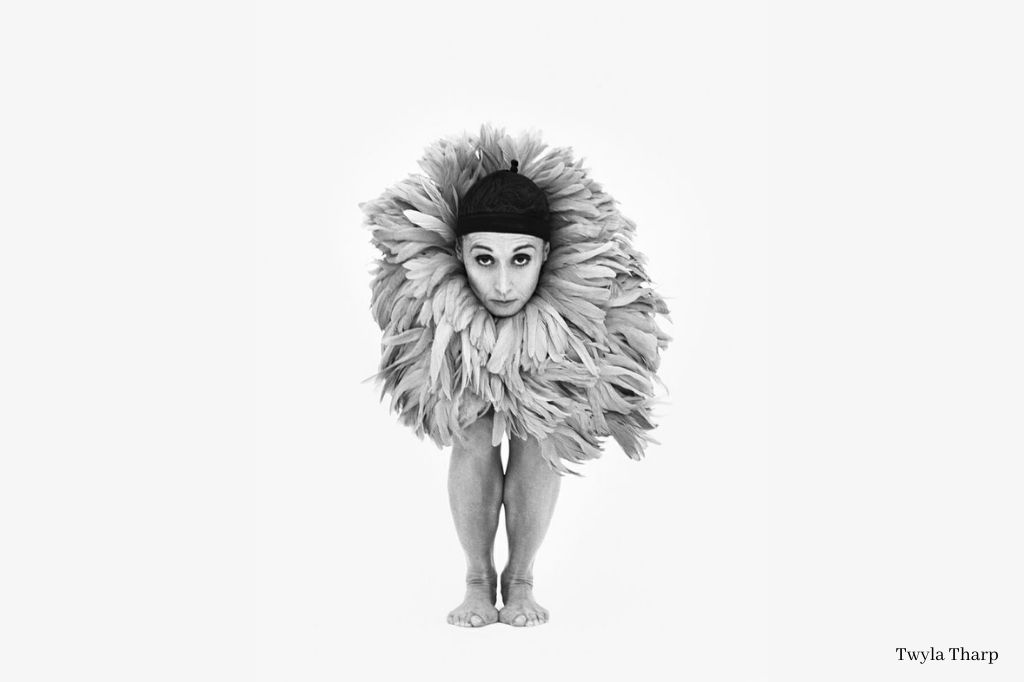
In 2009, my writing professor, Ira Sachs, suggested we all read Twyla Tharp’s The Creative Habit as part of our class. His reasoning was that the purpose of writing class is to eventually create something. And the sooner we realized that was our focus, the better. Ira used the class as a forcing function to make a short film, Last Address, which screened at Sundance and Berlin.
I chanced upon the book recently and it made me go into the rabbit hole on Twyla. What an amazing and talented person. This video interview of her captures her essence, which is all about carpe diem, or “shut up and do what you love.”
She’s still creating at a world-class level.
So should we all. So, let’s do it.
I’m proposing that to end this year with panache, we read The Creative Habit, talk about it, and form our own creative habits.
I’m committed to doing this with my friend and poet, Ellen. Let me know if you can join us. Would love to have you.
Here’s how you can join:
- Buy the book. You can buy it in Kindle or paperback. The paperback is beautifully designed.
- Sign up: DM me on Twitter to get the calendar invites!
- Read 4 of the (super quick) chapters by November 19th and join our Zoom call that day at 9am PST. We’ll share our takeaways and prompt a discussion in the group.
- Read 4 chapters by December 3rd and join our Zoom call that day at 9am PST.
- Read the final 4 chapters by December 17th and join our Zoom call that day at 9am PST.
DM me on Twitter to get the calendar invites!
A new day

Mini-Obsessions as Self-Care

This has been the most insanely difficult year. And that’s saying something, because a couple of years ago, I lost all my hair!
One of the ways I have tried to keep my sanity is by finding mini-obsessions. For me, a mini-obsession has to check two boxes:
- There are layers upon layers, and you can choose how deep to dive.
- The objects of obsession are relatively moderately priced. So no cars, or watches, or high-end anything.
The first mini-obsession that I picked several months ago was house plants of all sorts, including bonsai. I have never been able to keep a bonsai alive. Bonsai retailers should just rebrand to “we grow them, you kill them”—at least when they are targeting me with ads. And so I decided to actually take a mini-course on bonsai (and yes they exist, online of course).
My first bonsai was a jade, which I thought would be easy. And it was, until I decided to try to wire the bonsai to make it look like a “real” bonsai. I also decided to re-pot it with my newly found “skills” (what was I thinking?!). So, yeah… the lovely little tree is now a stump.
I then decided to hold off on the more advanced techniques of wiring and re-potting and got a lovely little Chinese Elm that is pre-shaped. All I have to do with this one is water it. So, fingers crossed. But during the course of this mini-obsession, I learned about bonsai, their history, the care (ahem), how to wire and shape them, how to water them, the differences between indoor and outdoor bonsai, and the various tools used to shape them.
Given my desire to not harm any more living creatures during the pandemic, I then decided to shift my focus to inanimate objects, where the most I could do was lose interest.
My friend Ellen told me about her shiny new mechanical keyboard, and the seed for a new mini-obsession was planted. Growing up, I used mechanical keyboards (b/c I’m old), but in the recent past, the joy of using one is something I’ve missed. And so it began.
As a Mac user, I found there were a relatively small number of keyboards that are made to work with the Mac out of the box. In this case, you get a piece of software to remap your keyboard. But after years of using the super-slim Apple bluetooth keyboards, I did not want to return to wired keyboards.
Voilà, the Keychron K2 was the perfect keyboard. The next decision was what kind of switches I’d want. Switches are the mechanism that lie under the keycaps and above the board. There are three versions, and I knew I didn’t want the super-loud clicky ones. So at first, I went with the linear Gateron reds. Lovely.
But soon, I realized that on some keyboards, the switches could be swapped out without any soldering. So then, I got the K6, which allows hot swappable switches. This time, I chose the tactile Gateron brown switches. But the whole world of switches was calling out to me. After getting a Gateron switch tester, I realized the ZealPC switches are even nicer than the Gateron ones, so… I had to get the tester for the Zeal switches. And then I fell in love with the Zilents, which are both tactile and relatively silent.
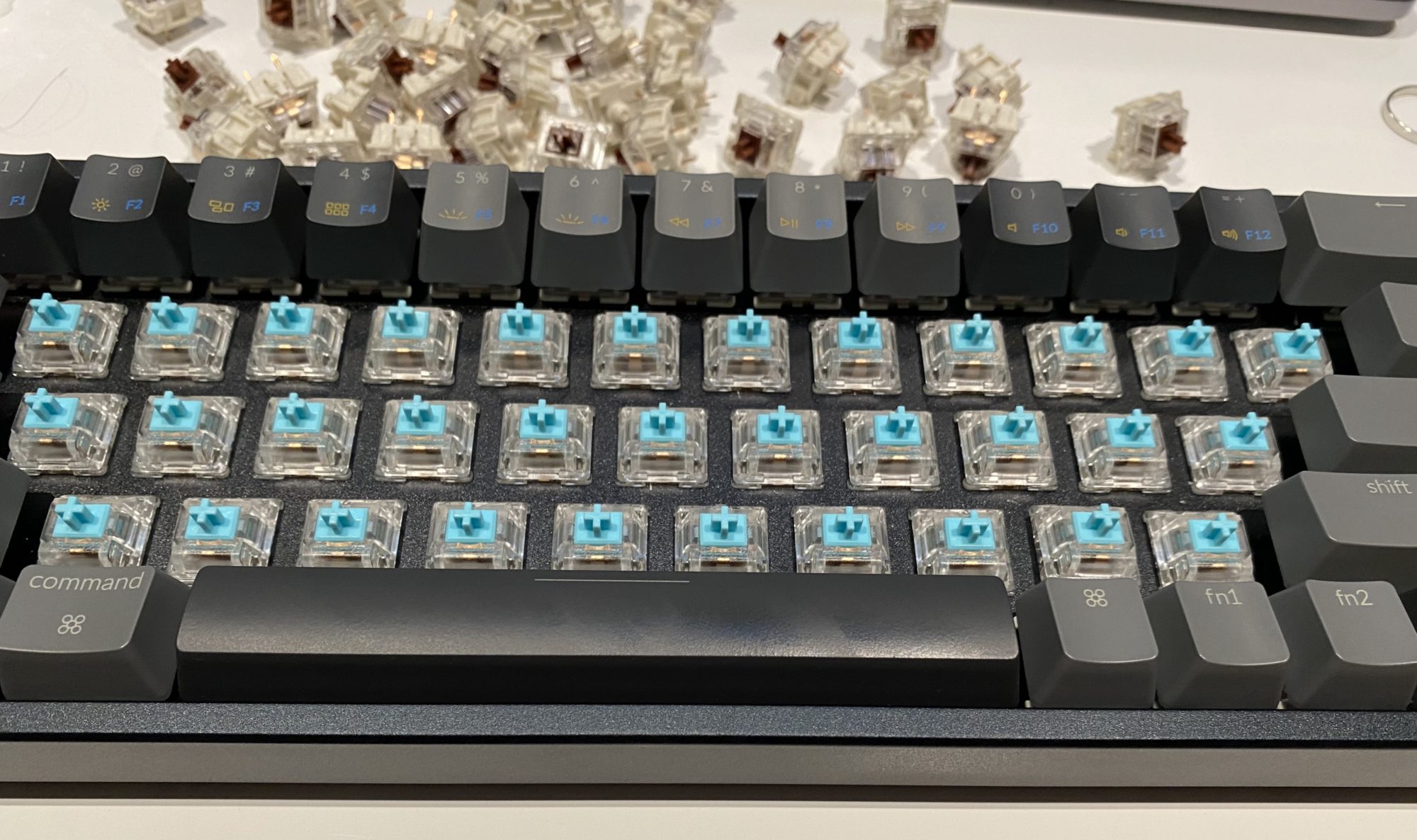
So that’s mostly where I am, besides of course having ordered 2 amazing sets of keycaps (ABS, PBT, and Pudding are the major varieties) and a couple of custom keycaps, too.
Except, I have now realized that some of the keys, particularly the spacebar, backspace, and right shift key are not very silent, even with the Zilents. So, I’m off to learn about stabilizers, foam, lubing, band aids, and the like.
While looking into that, I came across this most beautiful video of someone rebuilding a K6 keyboard. The level of detail, the fantastic editing, and the sheer love is wonderful to watch. While the tests of the keyboard sounds before and after are aural ASMR, the whole video is ASMR for the soul.
I have no idea how long this pandemic is going to last, or how much anxiety the election will cause, but these mini-obsessions have given me a focus on learning in a sphere where there is no upside, no downside, no specific purpose besides curiosity and the desire to learn and relax. I love spaces where the more you dig, the more there is. There is also a joy in discovering a community that is passionate about something relatively obscure, seeing the love and work they put into sharing knowledge. In this particularly tough year, these obsessive learners, artists, and creators give me hope in humanity.
Swings
